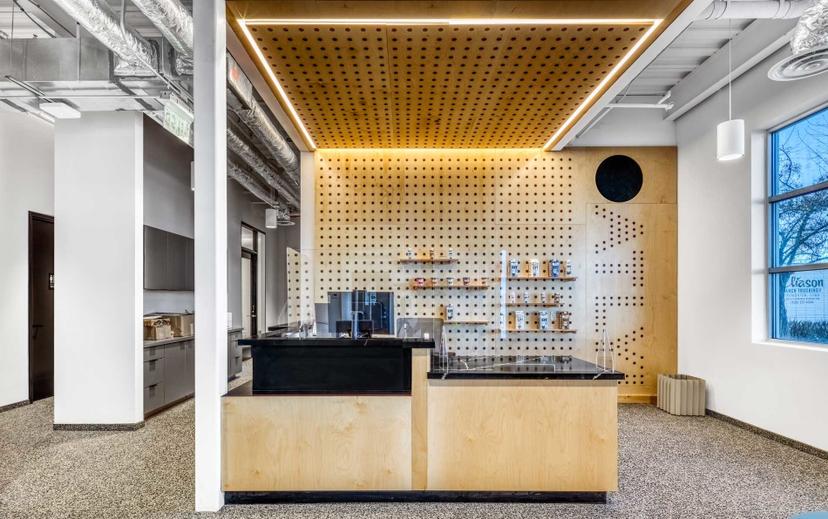In recent years, technology has revolutionized various industries, and the food industry is no exception. This article will explore the role of technology in modern food facility construction and discuss the various ways it has transformed the industry.
1. Automation and Robotics
One of the most notable advancements in food facility construction is the integration of automation and robotics. Beverage and food facility construction projects in the United States are complex and require a great deal of planning and resources. It is important to enlist experienced professionals to ensure the project is completed safely, efficiently, and within budget.

2. Internet of Things (IoT)
The Internet of Things (IoT) has brought about a new era in food facility construction. IoT refers to the interconnection of various devices and systems through the internet, allowing them to communicate and share data.
3. Data Analytics and Artificial Intelligence (AI)
Data analytics and artificial intelligence have become invaluable tools in modern food facility construction. By harnessing the power of big data and AI algorithms, food producers can gain valuable insights into their operations and make data-driven decisions.
4. Sustainable Practices
With increasing concerns about environmental sustainability, technology has played a crucial role in promoting sustainable practices in food facility construction. Innovations such as energy-efficient equipment, renewable energy sources, and waste management systems have become integral parts of modern food facilities.
5. Food Traceability and Safety
Technology has greatly enhanced food traceability and safety in modern food facility construction. With the implementation of advanced tracking systems, it is now possible to trace each step of the food production process, from farm to table.
Conclusion
The role of technology in modern food facility construction cannot be overstated. Automation and robotics have improved efficiency and safety, while the Internet of Things has enabled real-time monitoring and control.